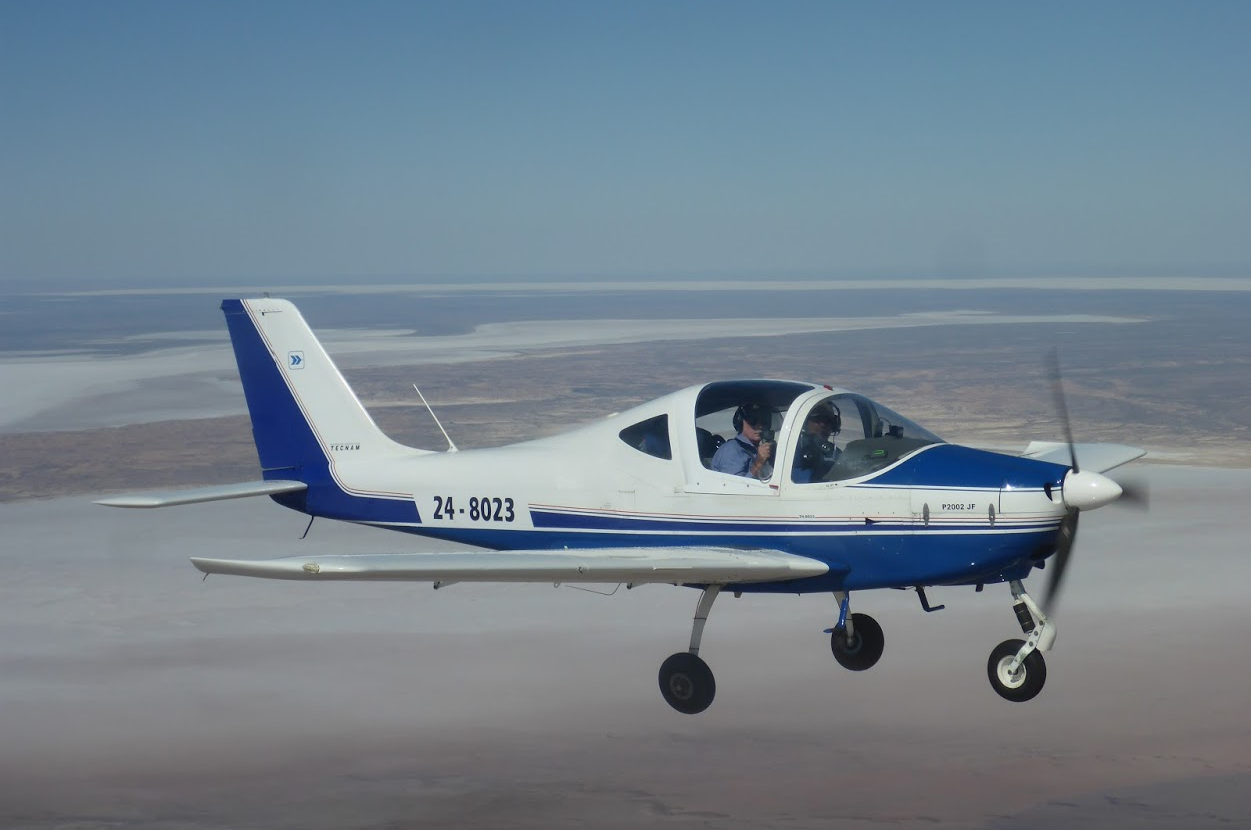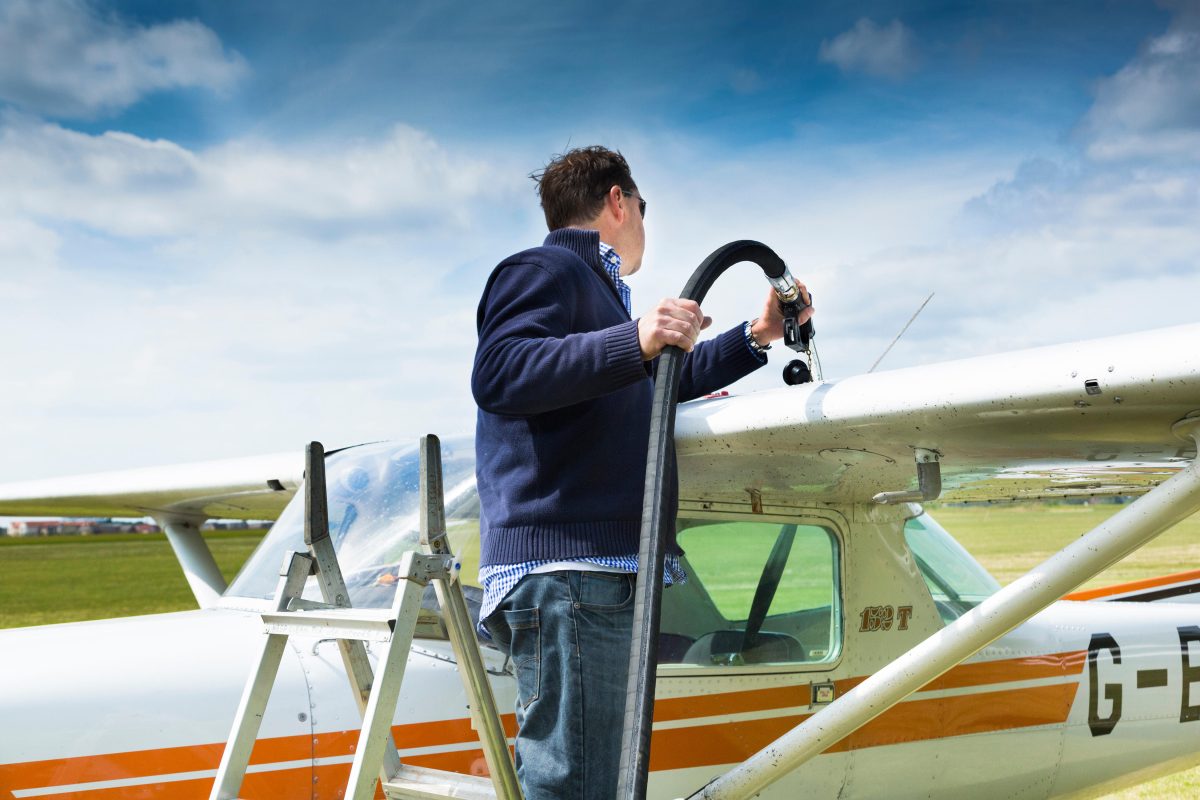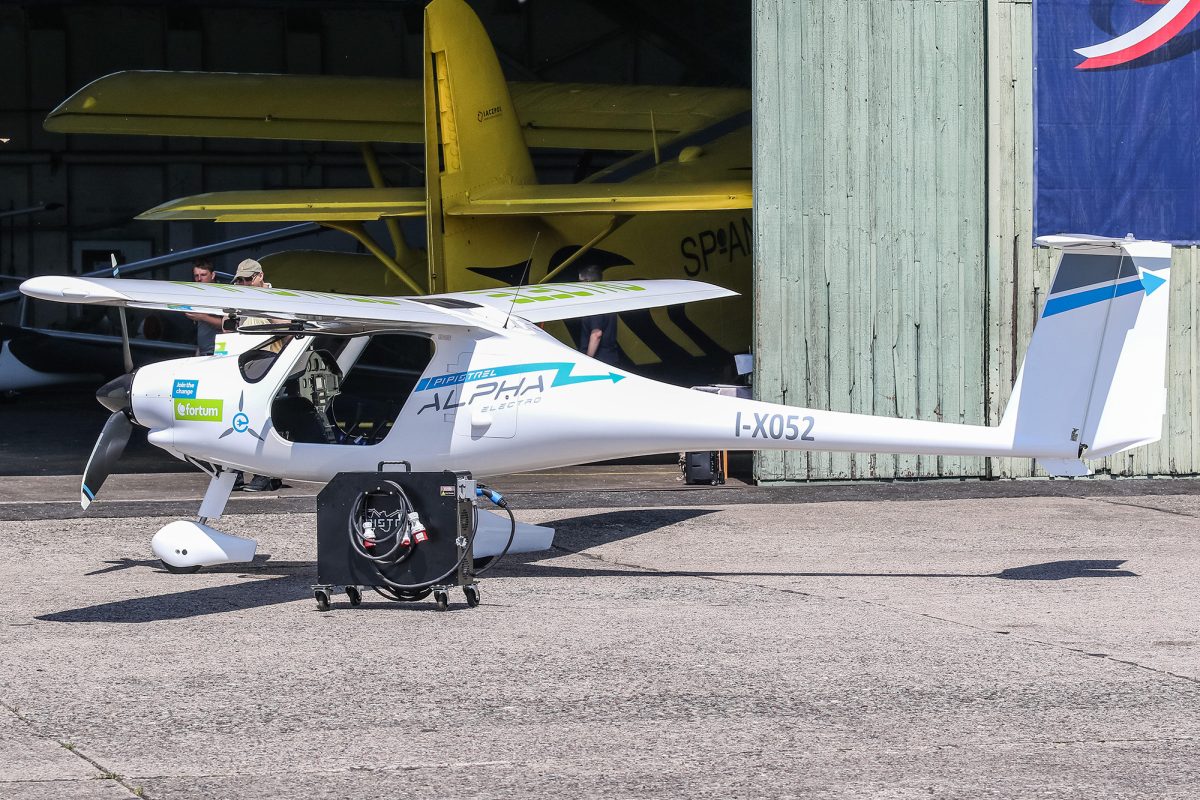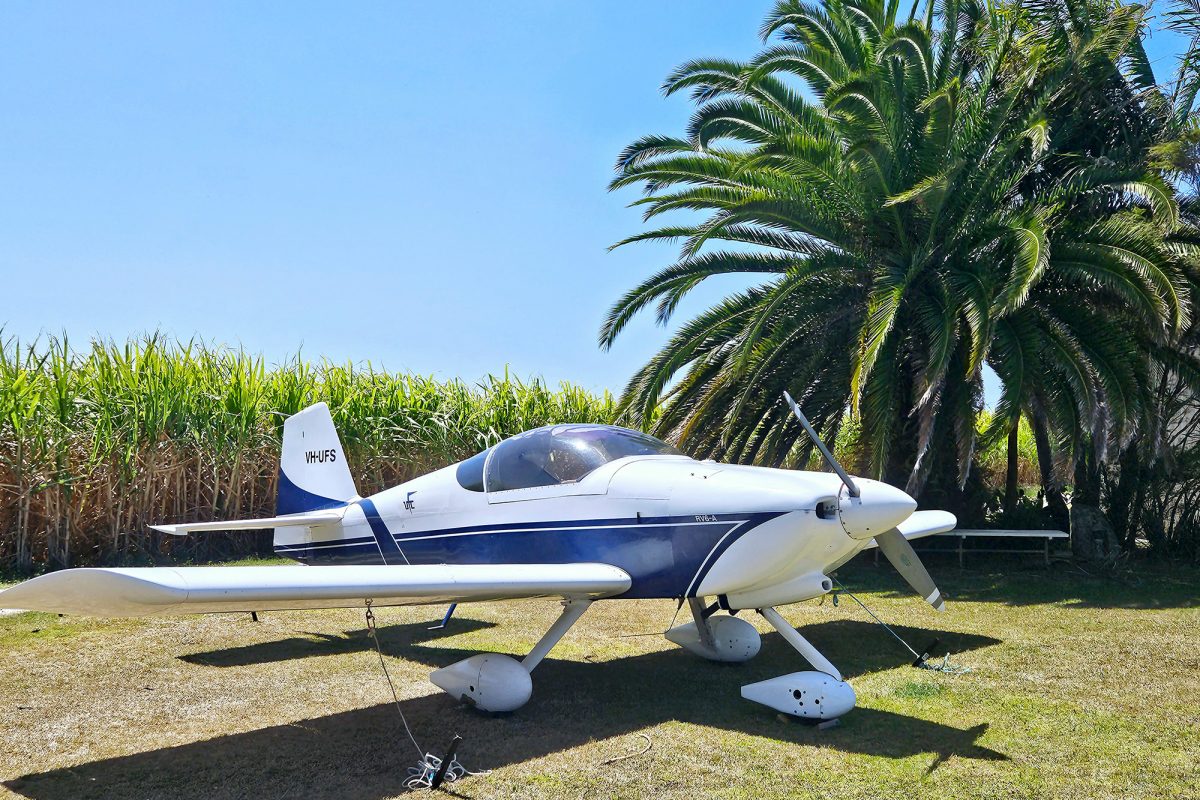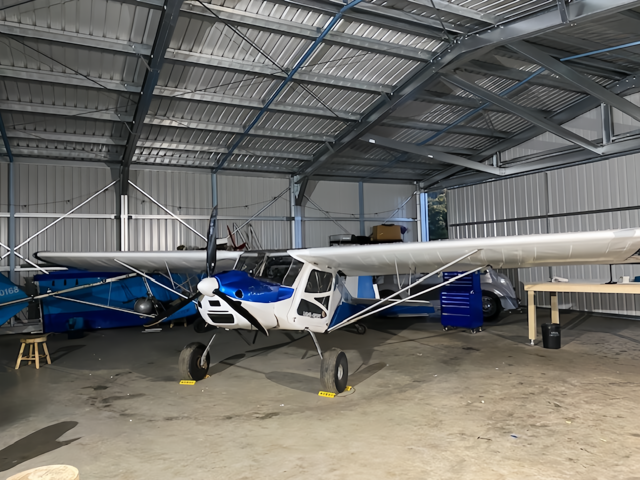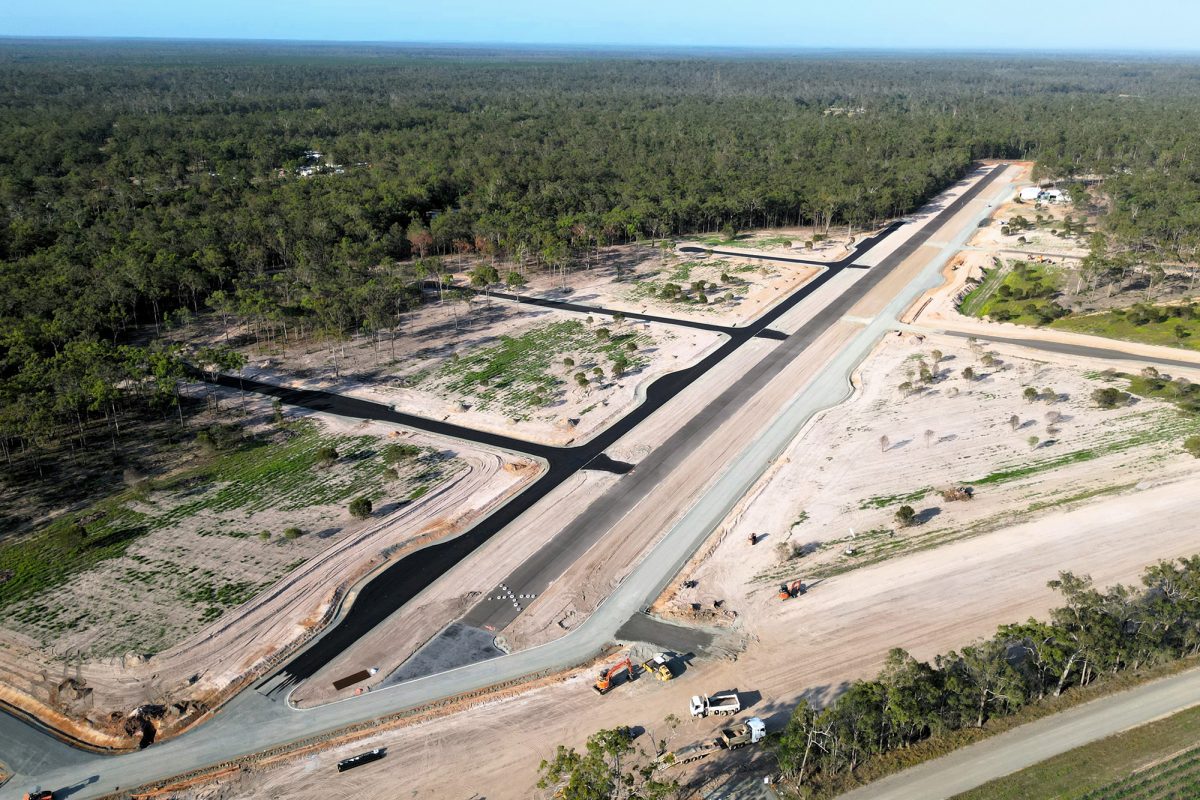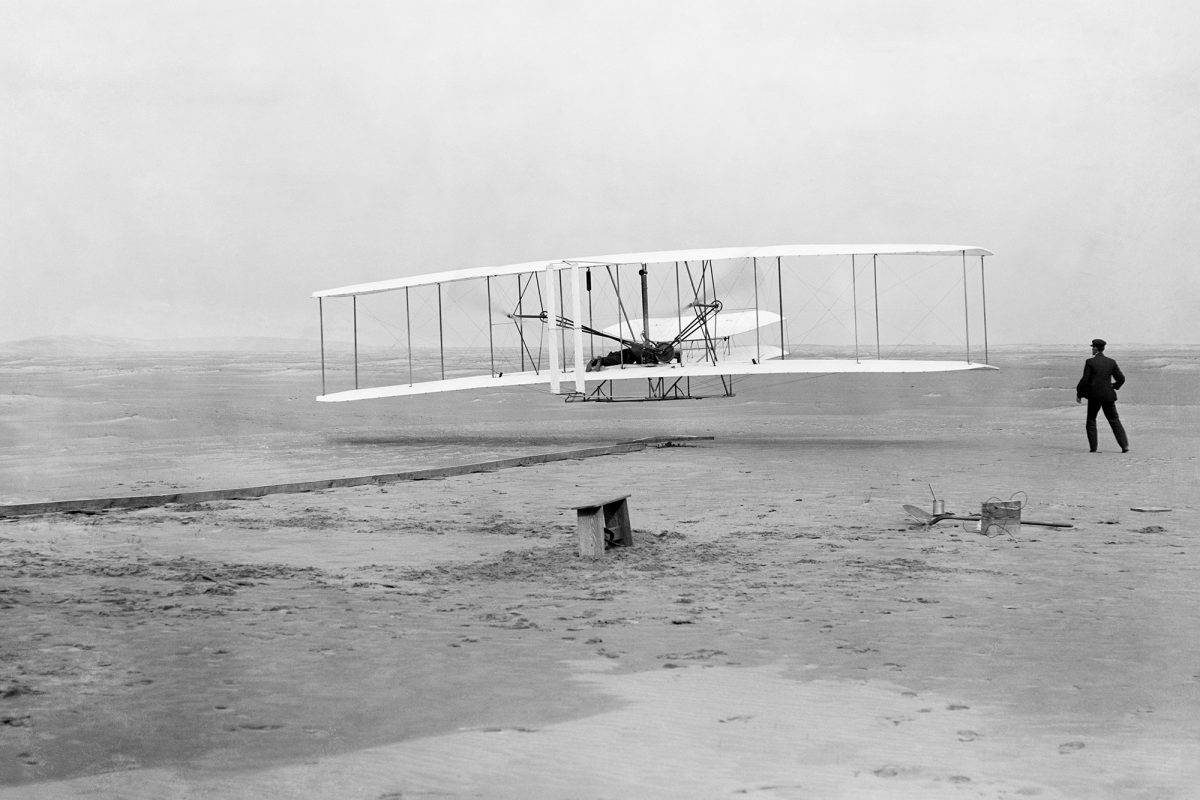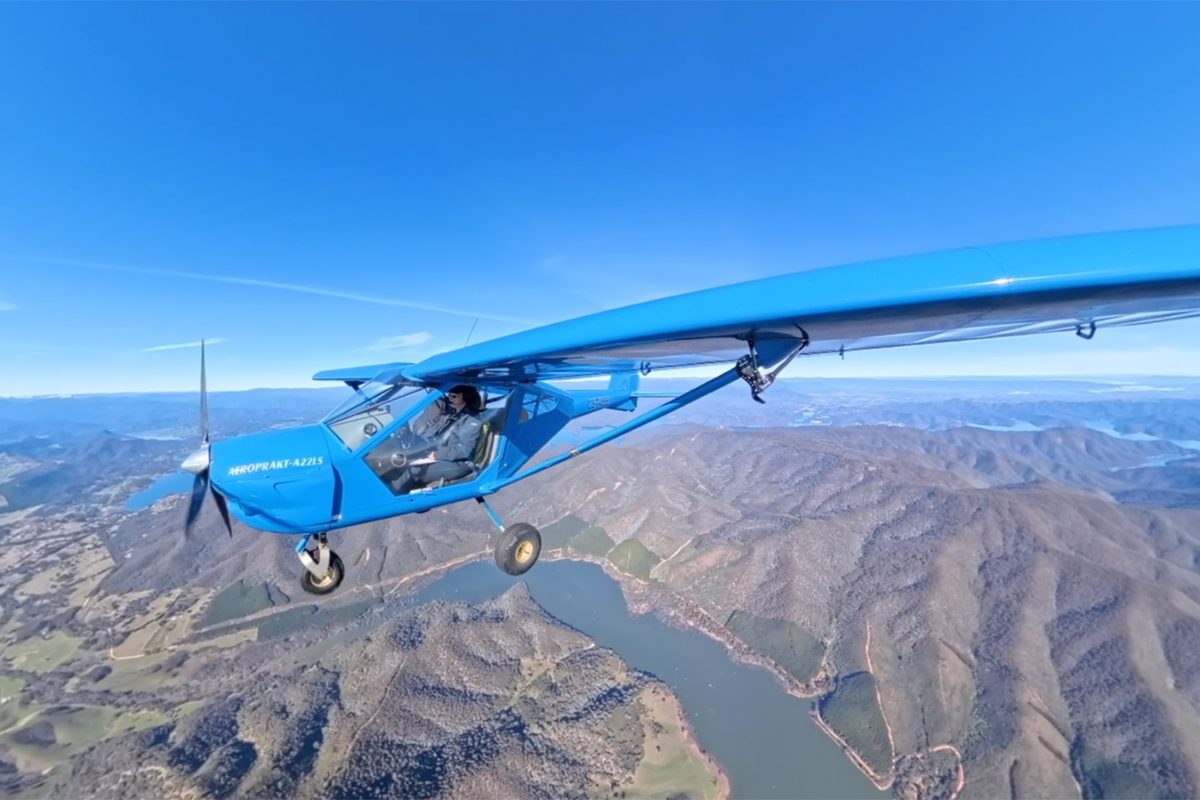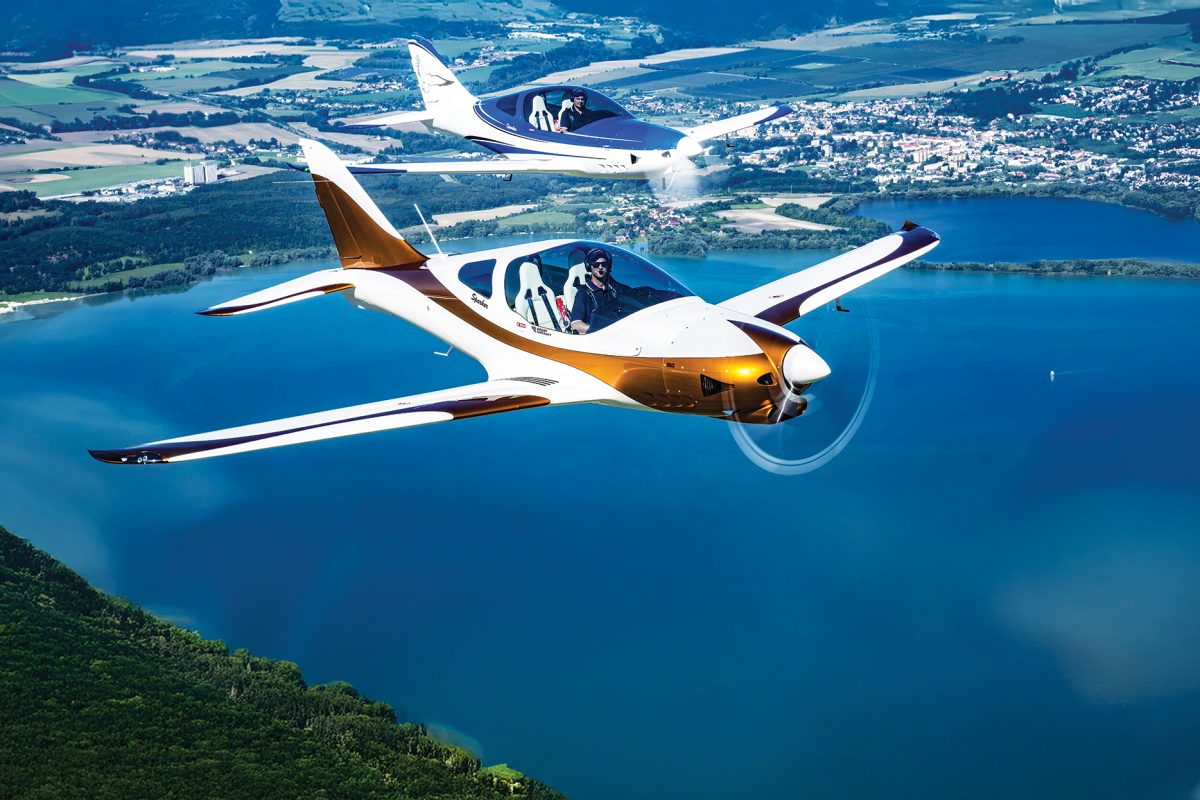RECENTLY, A GROUP OF RAAUS PILOTS SET OUT TO EXPLORE THE FLIGHT OF THE KOOKABURRA, ONE OF THE MOST FASCINATING – AND TRAGIC – STORIES IN AUSTRALIAN AVIATION HISTORY.
On 31 March 1929, Charles Kingsford-Smith, Charles Ulm, Harold Litchfield and Thomas McWilliams were forced down and missing in what became known as the “Coffee Royal Affair”.
A long-time friend (and sometimes rival) of Kingsford-Smith, Keith Anderson, along with mechanic Bob Hitchcock, undertook what would be a fatal attempt to rescue the crew of the famed Southern Cross, departing Sydney on 4 April 1929 in a Westland Widgeon, nicknamed the Kookaburra.
They were forced down with a faulty engine and successfully landed in the Tanami Desert, however were unable to take off again and both perished of thirst. Several searches were undertaken and their bodies were subsequently buried on site, later exhumed and buried in their home towns of Perth and Sydney where large funerals were held to honour them. The Kookaburra was left to the elements and effectively forgotten in one of the most remote parts of Australia.
On his second attempt in 1978, Australian adventurer Dick Smith later re-discovered the site of the forced landing and what remained of the aircraft after being ravaged by wind, fire and time. The remains of the aircraft were later preserved and put on display in Alice Springs.
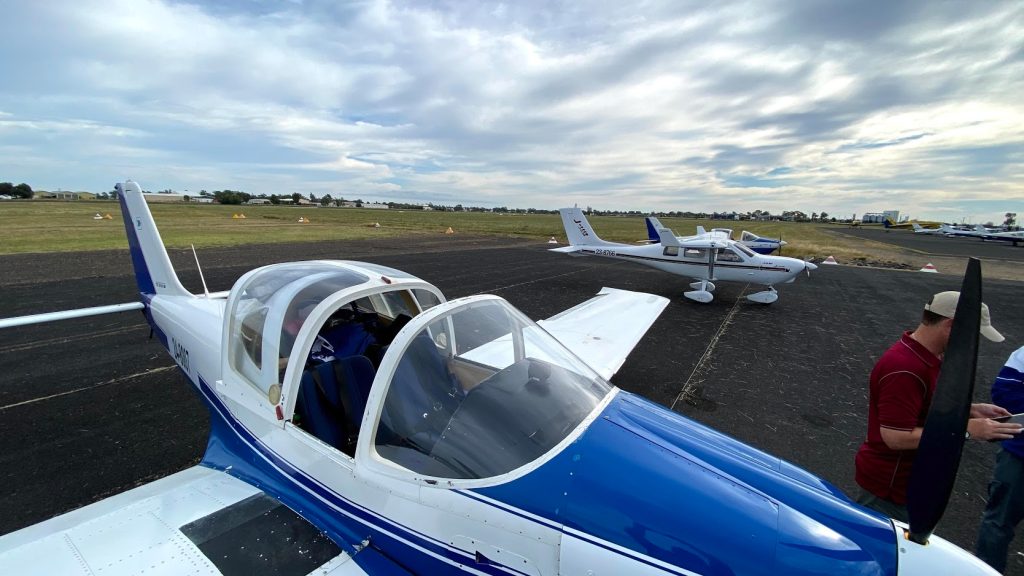
Keith Rule and John Benson from the Hunter Recreational Flying Club (HRFC) researched this episode of our history and organised a group of RAAus aircraft and pilots to pay tribute to the Kookaburra crew. John was able to contact Dick Smith to discuss our plans with him.
Members of the HRFC were invited to meet Dick at his Gundaroo property. After landing on his private airstrip, the members met Dick in his exquisite flying clubhouse. He was generous with his time and provided details which would prove crucial to our success. Dick was also keen to show us his Westland Widgeon, a restored sister aircraft of the Kookaburra. Viewing this aircraft confirmed the bravery of Anderson and Hitchcock. While a stunning craft, it was completely inadequate for searching the remotest regions of Australia.
Day 1 & 2: Departure to Broken Hill
After several months’ preparations, on 27 April 2021, four aircraft and eight pilots departed Cessnock Airport for a 3600nm adventure:
Kookaburra 1 / Tecnam Sierra / Leighton and Steve
Kookaburra 2 / Sling 2 / Don and John
Kookaburra 3 / Tecnam Sierra / Alan and Alan
Kookaburra 4 /Jabiru J230 / Geoff and Keith
Flying from Cessnock in beautiful weather, we landed at Cobar for fuel before continuing to Broken Hill. At Broken Hill, we organised a tour which revealed the story of the earliest act of war in Australia on New Year’s Day 1915, when Ottoman sympathisers fired on a picnic train, killing four and wounding seven.
Day 3: William Creek
While originally planned, weather and fuel considerations didn’t allow us to follow the Kookaburra to Port Augusta, but we intercepted the course later that day. We refuelled at Leigh Creek, before pressing on to William Creek via the Maree Man and Lake Eyre. Here, the formation-endorsed Tecnam pilots revelled in perfect conditions for formation flying over incredible scenery.
Overnighting at William Creek was a treat, welcomed like old friends by staff – almost all pilots. The quality of accommodation, food and facilities, combined with a quick tour and long discussion with the owner, Trevor Wright, makes William Creek a certainty on every aviator’s ‘must-do’ list.
Day 4 & 5: Kulgera and Bond Springs (Alice Springs)
Kulgera Roadhouse provided the first unsealed airstrip of the trip. We wished all sealed strips were as smooth! The strip and roadhouse are on opposite sides of the Stuart Highway. Needing fuel with just two bladders between us, we thought we were in for a long day. As usual, country hospitality shone through and the roadhouse staff provided a ute for us to run back and forth in.
On to Bond Springs. Afternoon flying in the outback usually means thermal turbulence and this day was no different. From the air, the landscape around Alice Springs was spectacular, with colours contrasting the sky in a unique way. Landing on the wide, smooth red-earth runway, we were met by Noel and John of the Bond Springs Aero Club. Again, a tremendous reception was received; members of the Club could not do enough to help us, particularly when arranging fuel. Two nights and one interesting day were spent in Alice Springs, giving us time to recuperate and enjoy a meal with members of the BSAC. Some of our group had family in Alice Springs, who made sure the entire group was well looked after.
For all, the highlight of Alice Springs was visiting the Kookaburra memorial located at the Central Australian Aviation Museum. This purpose-built display houses the remains of the Kookaburra, and details the history of the flight, forced landing and subsequent recovery of the bodies of Anderson and Hitchcock.
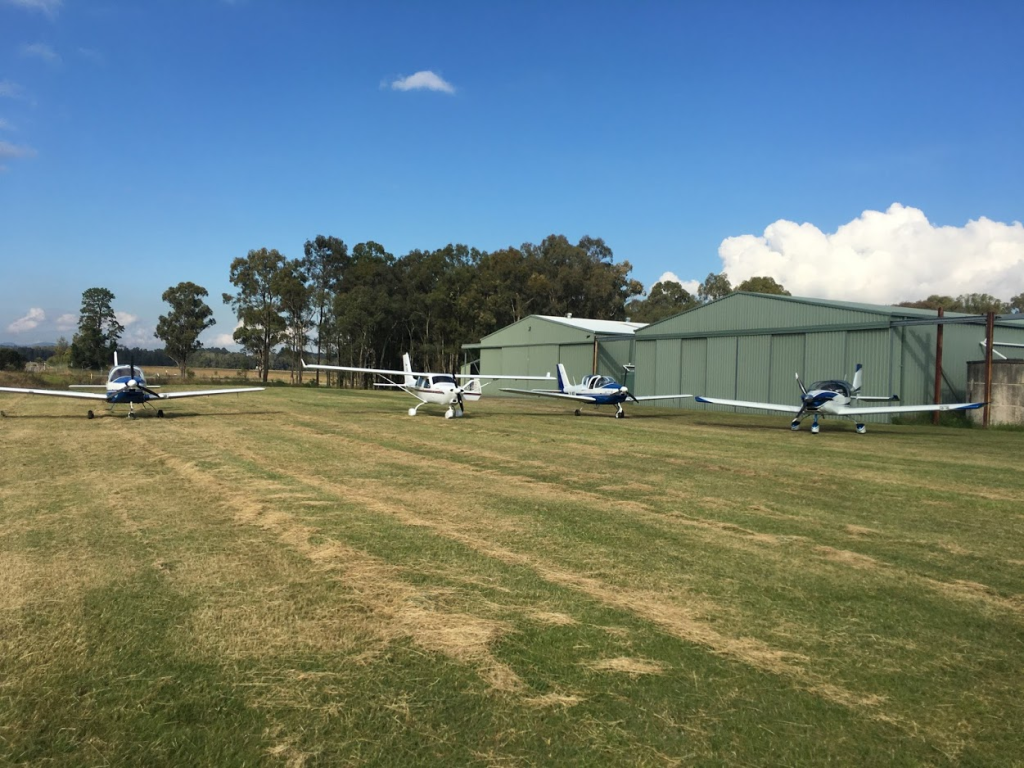
Day 6: Tennant Creek and Dunmarra
A quick fuel stop was made in Tennant Creek, then on to Dunmarra. Dunmarra Roadhouse has a grass strip and impressive refuelling facilities, however there was an equipment malfunction, so we taxied up to our accommodation (how cool!) and the owner, Gary Frost, organised fuel in drums and a forklift to deliver it. Gary is also a pilot and treated us like family. The accommodation and meals were great, and the roadhouse dog was very friendly. This is another place you should fly into if ever you get the chance.
Day 7: Overfly the Kookaburra site in the Tanami Desert then to Barkly Roadhouse
This was the reason for our journey, so plans were finalised the night before for our tribute to Anderson and Hitchcock. We flew in loose formation until about 20nm from the Kookaburra landing site, then in close “V” formation before transition to the “Missing Man” as we crossed the site. This was a solemn moment as we considered the hardships the men endured before their deaths within days after landing there. For the record, the fact they landed successfully in this place and repaired their engine is testament to their airmanship and ability. The area consists mainly of scrub with very few clear areas. Few could have achieved it – then or now. As prearranged, each aircraft went in turn to circle the site before setting a course back to Tennant Creek to again refuel before heading to Barkly Roadhouse. We were on our way home.
Our route home was as near as possible to the reverse of the route taken by the Qantas aircraft which left Brisbane in search of the Kookaburra. This crew found the missing aircraft on 21 April 1929, due to the fire which had been lit by Anderson and Hitchcock in an attempt to create a runway. They dropped water but noted seeing an apparently deceased Anderson laying under the wing of the Kookaburra.
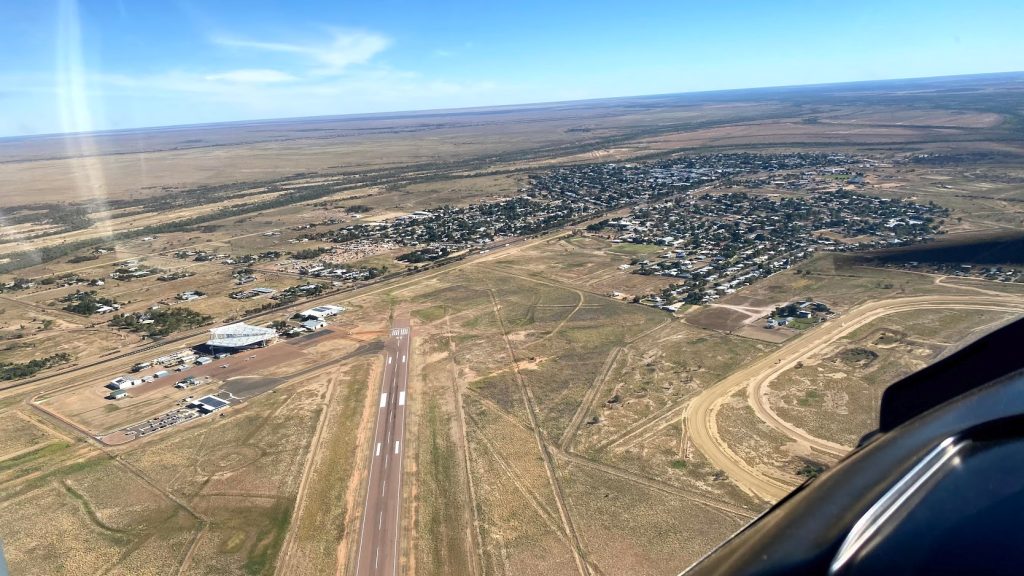
Day 8: Barkly Roadhouse to Longreach via Cloncurry
None of us tired of the vista provided by the outback. Our perspective from our favoured altitudes must surely be one of the great privileges of being an RAAus pilot. As we circled Cloncurry to allow separation from a departing Dash 8, the RPT pilot was envious and said he would rather be flying a Tecnam or Sling as opposed to his ‘bus’. Longreach presented the obvious opportunity to explore the Qantas Museum, after which we departed for Charleville.
Day 9: Longreach to Charleville
Charleville is definitely a hidden gem. Apart from everyone we met being super-friendly, the town is well kept with many attractive historical buildings. The aviator’s gateway to Charleville is Pete, who we met in the airport café after refuelling. It is worth flying in here just to experience Pete’s friendly nature and hospitality, and to meet his dog, Dan.
Day 10 & 11: Charleville to Moree
With staggered departure times we continued south. The faster Sling 2 left earlier and was forced to divert to Walgett and then headed to Narromine due to cloud enroute to Moree. The other crews were able to continue to Moree while monitoring low cloud and were pleased to see Moree airport come into view. Once the aircraft were tied down, a taxi ferried us to our accommodation which we were delighted to discover had a good restaurant, thermal pools, spas and a sauna on-site. While we planned to depart for our final leg back to Cessnock the following day, the weather decided we needed to spend more time in Moree. It was a tough decision but the correct one. We all know how dangerous get-there-itis can be, so another day soaking up the minerals in the pool was an attractive option.
Day 12: Back to Cessnock
With our group reduced to three aircraft, we considered the predicted weather at length and found a likely window for our return via the Murrurundi Gap. Being faster, the Jabiru timed their return well and encountered no issues, but with low scattered cloud quickly becoming broken and deteriorating, the Tecnams opted for our alternate strip, landing at Quirindi to re-assess the weather. After several hours the conditions improved and we were able to safely navigate the Murrurundi Gap and continue to Cessnock.
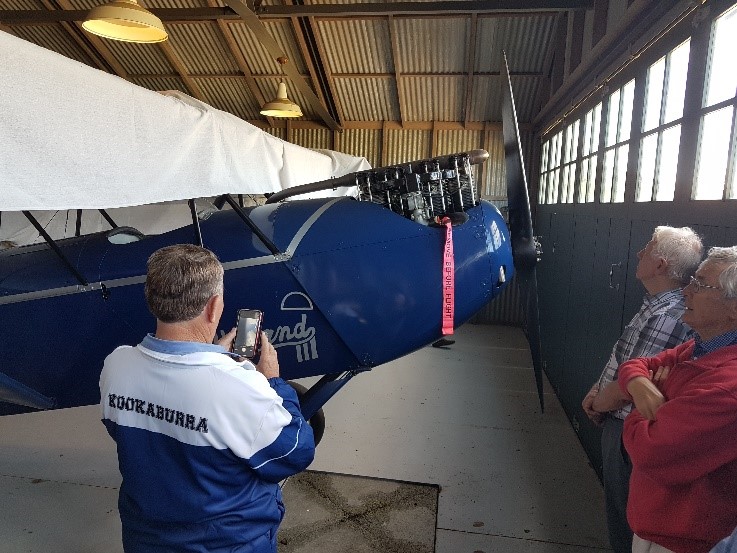
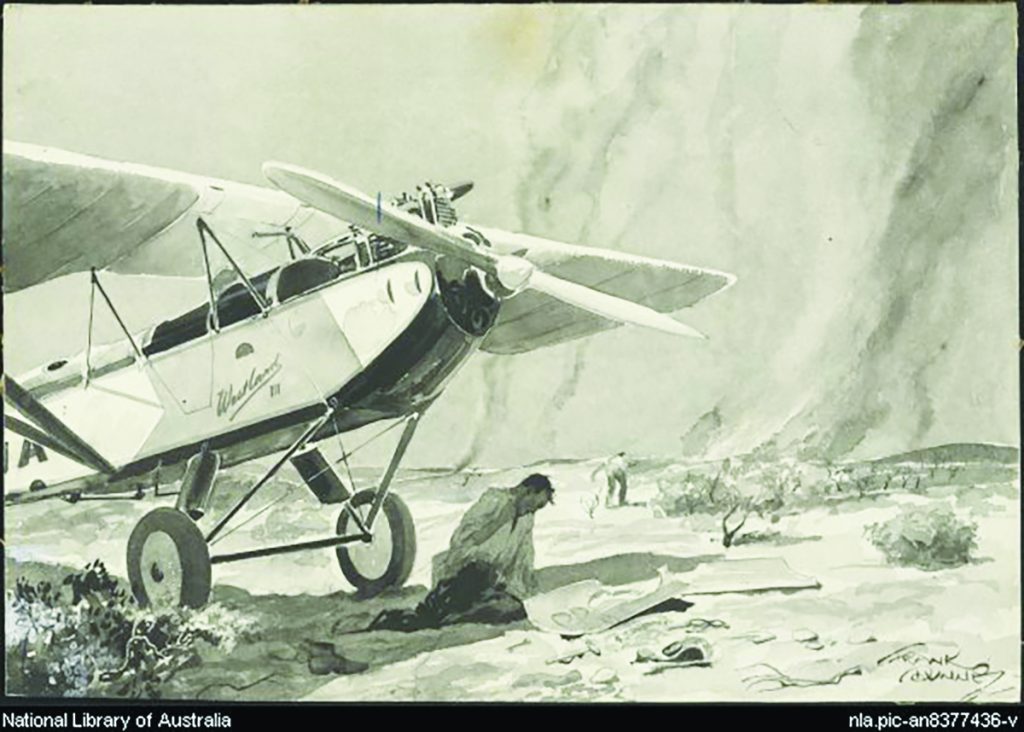
What is next?
Now a close-knit group, the pilots on this journey are considering the obvious question – “What next?”. We don’t know the answer to that yet, but there is clearly a gleam in the eye of each pilot who I was privileged to share this experience with and I am certain there will be more adventures planned before too long.
